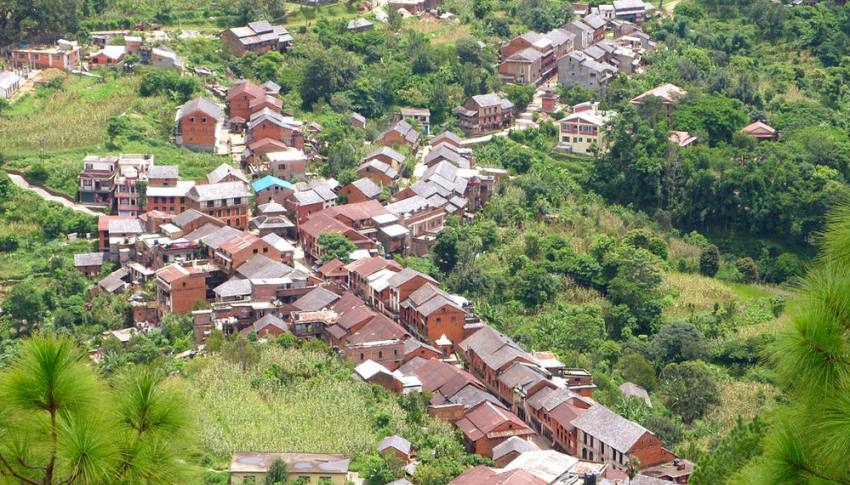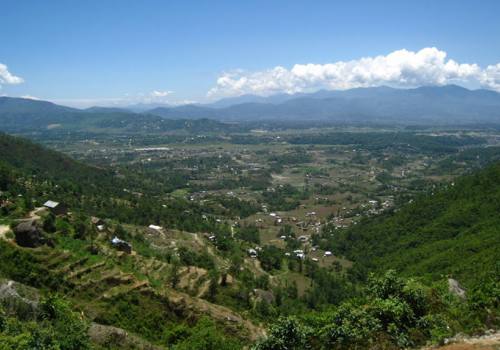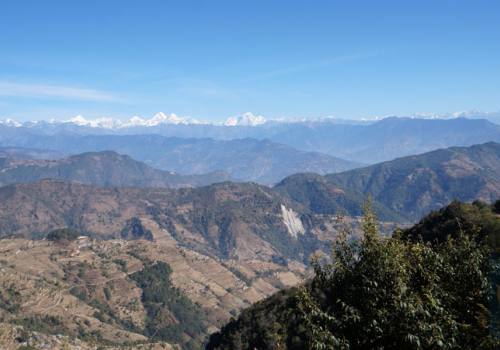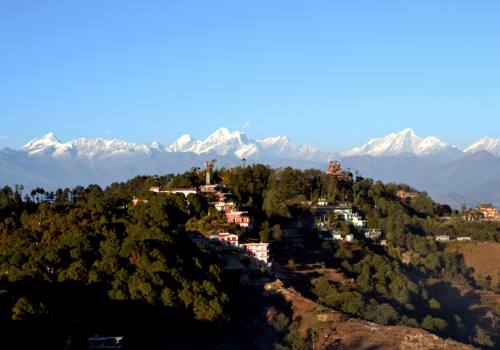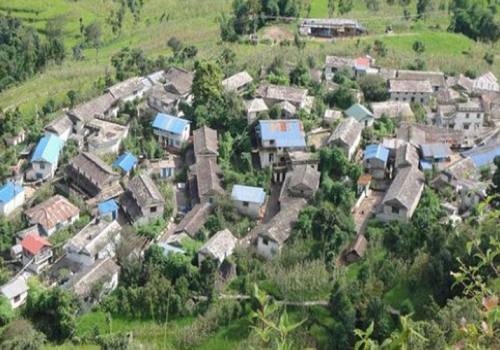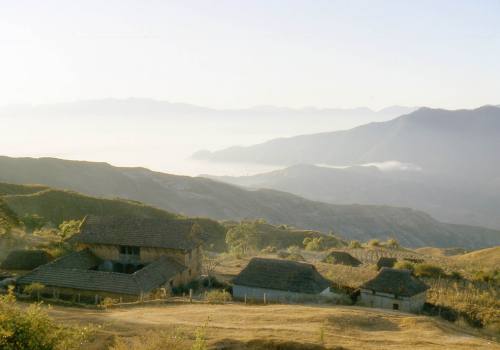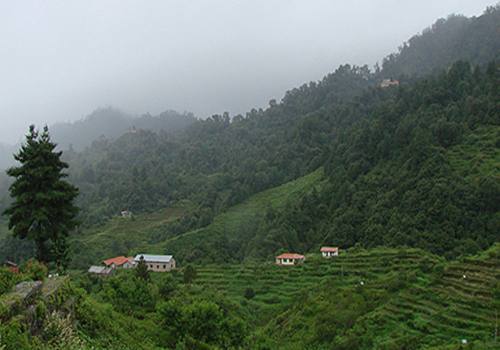Bandipur Hiking
Trip Facts
-
Trip Duration 0 Days
-
Destination Nepal
-
Trip Grade Easy
-
Transportation NA
Bandipur Tourism Committee, Bandipur Samajik Bikas Samiti and NTB organized Bandipur Mahotsav 2003 (2060) on 15, 16 and 17 of November to promote tourism. During VNY 98 there were only 3 or 4 hotels in Bandipur when it received over 10,000 foreign and domestic tourists.
Bandipur is a small ancient town located in the hills west of Kathmandu in Tanahun district. It is a 5-hour drive from Kathmandu and is also reachable from Pokhara and Chitwan. Bandipur remains largely an unexplored areas with a maximum potential for tourism. The city is not only an ancient trade route between Terai and Kathmandu and age-old culture and architecture but is also the spot for spectacular Himalayan scenery and adventure walk in the hills.
History has it that Bandipur was originally a Magar settlement who were later displaced to the outlying areas by Newars. After King Prithivi Narayan Shah, the unifier of the nation, took over the valley, Newars migrated to Bandipur and started operating their business. During the middle of the 20th century, Bandipur prospered as the main hub for goods between India and Kathmandu. The settlement was largely abandoned in 1970 (2025 BS) when the district headquarter was shifted from Bandipur to Dumre. The Newar merchants used to import fabric materials from as far as Lucknow and Kanpura and supply it to the people of Gorkha, Lamjung, Syangja, Gulmi, Manang, Mustang etc. The economic boom occurred between World War I and II. Agriculture was only carried out on a subsistence basis. Today there are around 10,000 inhabitants in Bandipur.
Bandipur is home to many temples, historical building, caves and finest hiking routes. Notre Dame School established in the assistance of Japan, France and USA in 1984 has been imparting quality secondary level education to locals. The government funded Agricultural Research Center established in 1995 conducts cross breeding and research on local cattle. Local community is also engaged in producing silk worms from Kimbu plants and slate mines. The first excavation of slates was carried out in early 1950s in Raniban. Most of the houses in Bandipur have their roof covered with slates.
A one-hour uphill walk from the bazaar will reach you to Thankithan Mai temple, a Shiva temple, revered especially by Magar ethnic communities. Every Tuesday devotees in large number help drive a chariot of flowers to the top of the hill and the same is relinquished at the temple. The temple holds more importance in the months of December and January when week-long pujas are observed. Other temples like Bindhyabasini, Mahalaxmi are also hold importance where major festivals like Bisket Jatra and Gai Jatra are observed. These ancient temples and historical houses lined up in the bazaar areas gives a glimpse medieval woodcraft and architecture. A mysterious placed called Thandryang Thundrung sits in the ridge 200 m above the bazaar area. The temple is a perfect place for suset views with the clear and breathtaking landscape. In addition you can view a range of HImalays in the likes of Annapurna, Machhapuchre, Dhaulagiri.
Another place to hike is Mukunda Sen Hill, named after the King Mukung Sen of 16th century of Palpa. Here the Mukundeswori temple dedicated to King Sen houses numerous artifacts, ancient weapons and coins and utensils used during the early medieval times. It will take you at least a one-hour walk from the bazaar to get atop the hill. The two-stories Khadgadevi temple is famous for its Khadga (sword) which is well preserved. The Khadga is said to have been left by Mukunda Sen who was given the sword by Shiva as a gift of divinity has been kept wrapped in a cloth. The temples is opened once a year in October during the Dashain festival when 50-60 livestock are sacrificed at the temple’s premise.
Visiting Bandipur wouldn’t be complete a trip to Siddha Cave or Gufa. Siddha Gufra located in the middle of a hill is probably Nepal’s biggest cave. You have to walk for well over an hour through often slippery path. The gufa is home to bats and has still not be explored. Another historical place is called Martyrs Memorial Garden established in honor of 6 martyrs who died during the 1950 revolution. Other interesting places include Mahadev Mot (temple), Radha Krishna Temple, Teen Dhara, Tudhikhel. Locally made handicrafts such as dalo, soli, nanglo and doko made from bamboo and hay products like gundri, chakati and thnka. . There are different kinds of indigenous dances like Ghatunach, Pangdhuri, Sorati, Chutka.
You can send your inquiry via the form below.










